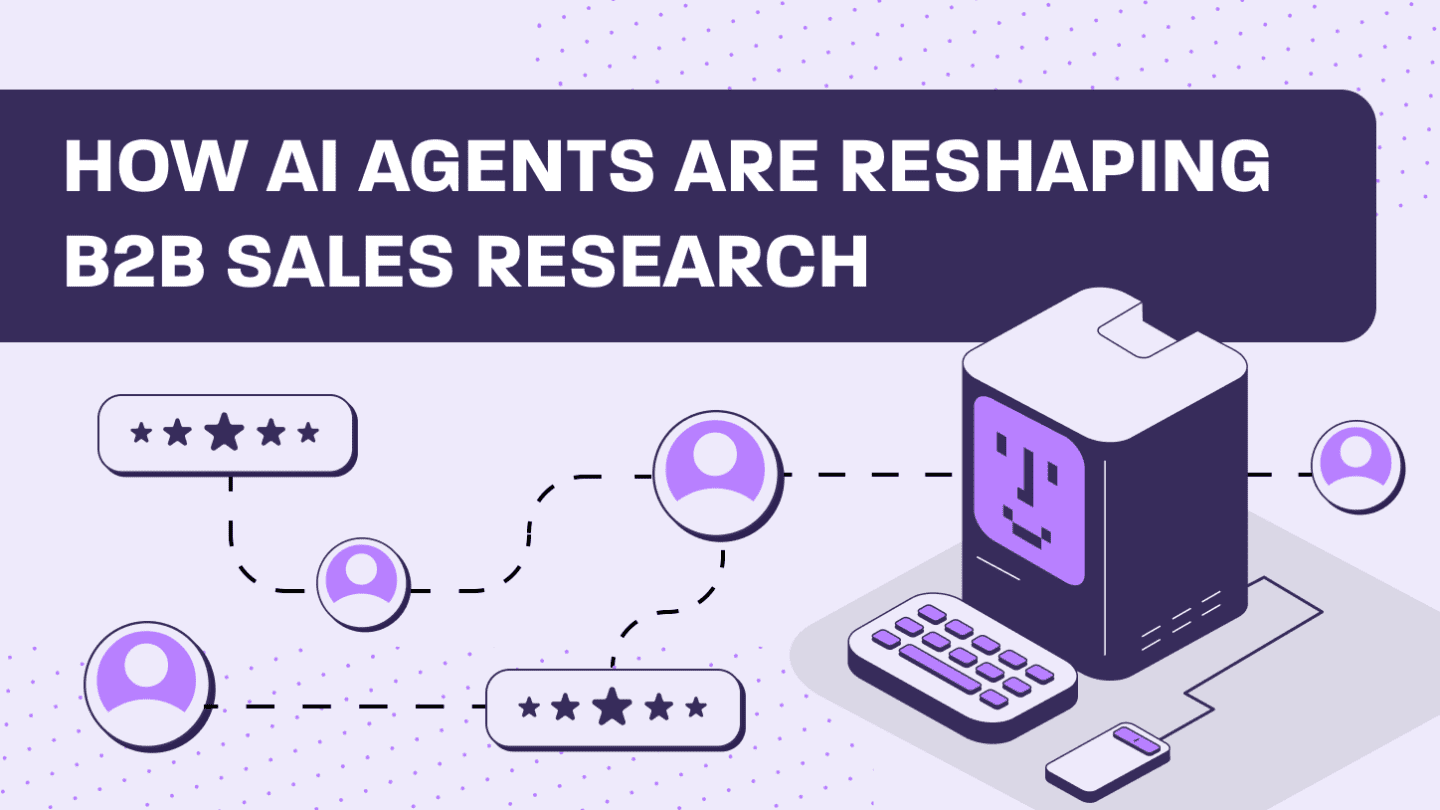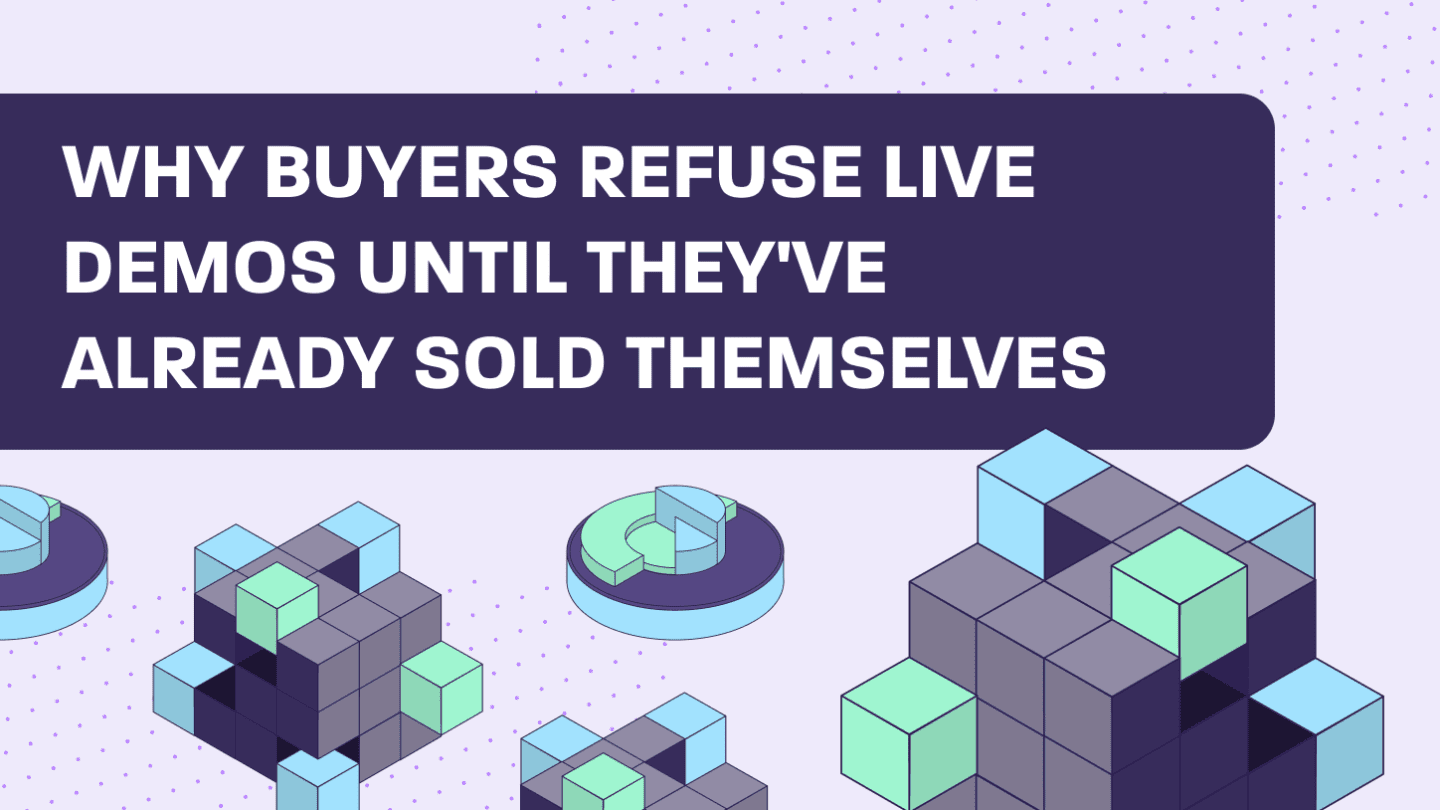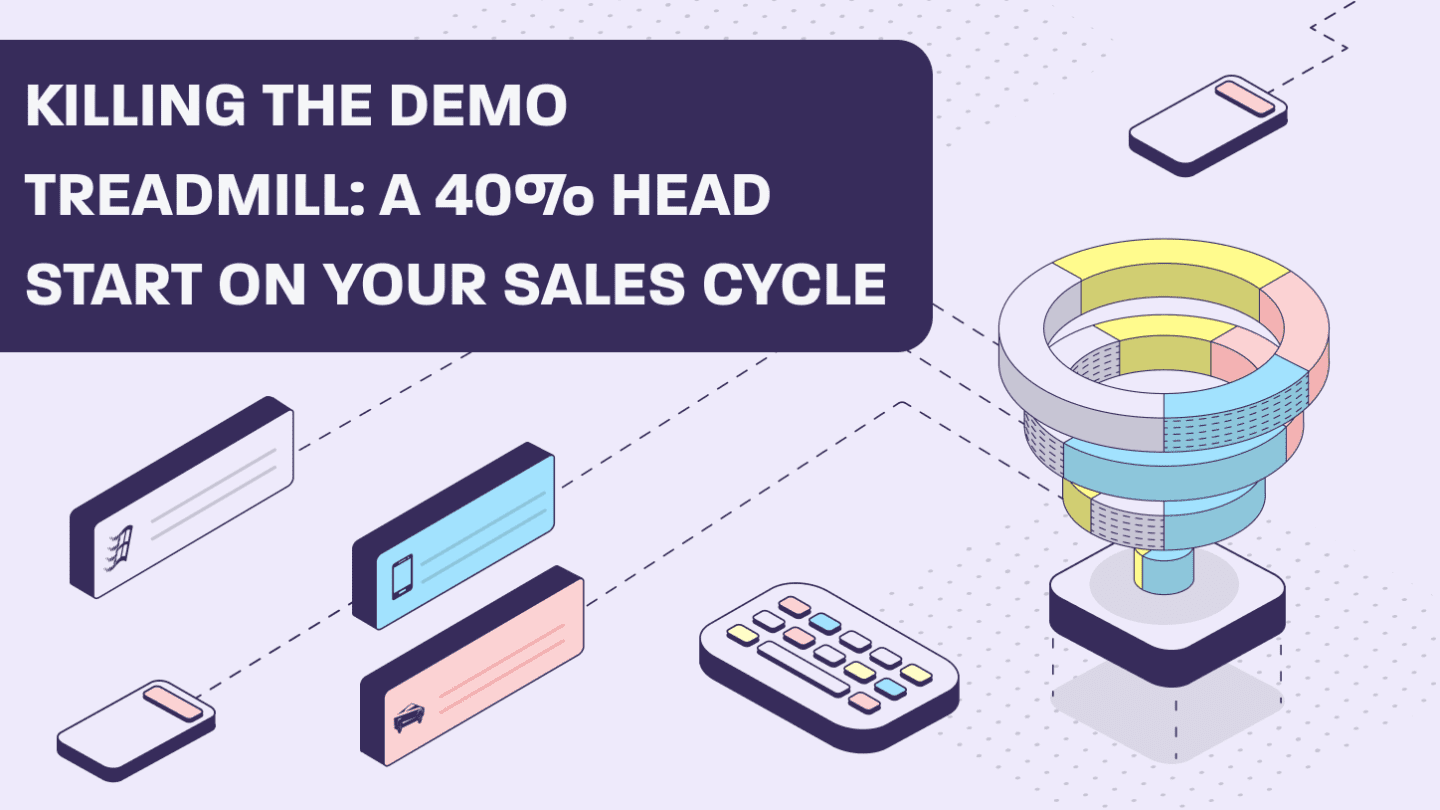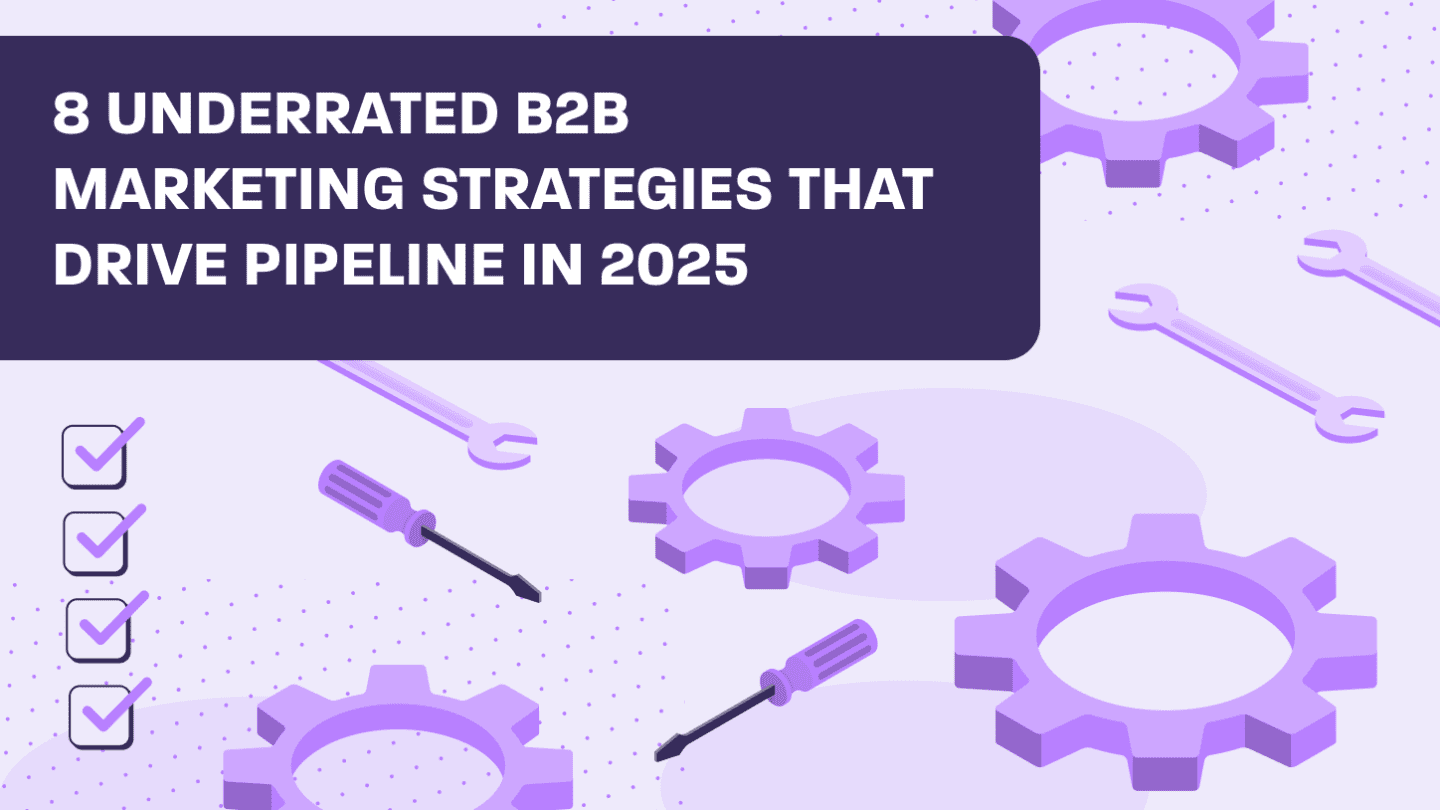Your buyers are already using AI to research your product. The question isn’t whether this is happening—it’s whether you’re showing up in those conversations.
The New Reality of B2B Research
Here’s what changed in the last 18 months: B2B buyers stopped starting their research with Google. They’re starting with ChatGPT, Claude, Perplexity, and whatever AI tool just landed in their inbox. According to Gartner’s 2025 Future of Sales report, 80% of sales leaders now consider AI integration in sales workflows as critical for competitive advantage. But here’s what most people miss—that same integration is happening on the buyer side, just faster and with less oversight.
Think about it. Your prospect opens Claude at 11 PM, types “best sales demo platforms for enterprise SaaS,” and gets an answer in 30 seconds. No SEO. No content marketing funnel. No carefully crafted narrative you spent months perfecting. Just a direct answer synthesized from whatever data the AI has access to.
You’re either in that answer or you’re not.
What AI Buyers Are Actually Asking
After analyzing thousands of AI-assisted research sessions (and yes, we asked the AIs themselves what people ask them), here’s what we found: buyers aren’t asking the questions your marketing team thinks they’re asking.
They’re asking:
- “What are the actual downsides of [your product]?”
- “Compare [your product] to [competitor] for companies with less than 50 employees”
- “What do real users complain about with [your category]?”
- “Is [your product] worth the price difference compared to [cheaper alternative]?”
Notice something? These are the questions your buyers are too polite to ask your sales team. Or the questions they’d never think to Google because they’re too specific. AI tools excel at answering these messy, real-world queries because they’re trained to have conversations, not just match keywords.
The Content That Actually Gets Cited
Here’s where most companies get it wrong: they think AI citations work like SEO. Cram enough keywords in, optimize your metadata, and boom—you’ll show up. Not quite.
We analyzed which types of content got cited most frequently by Claude, ChatGPT, and Perplexity when users asked about sales demo platforms. The results surprised us.
What worked:
- Detailed comparison posts that acknowledged competitors by name
- Long-form technical documentation (2,000+ words)
- Customer stories with specific metrics and outcomes
- Honest limitation discussions (“when you shouldn’t use this product”)
What didn’t work:
- Generic “best practices” content
- Feature lists without context
- Marketing speak without substance
- Anything that read like it came from a template
The pattern? AI tools heavily weight content that demonstrates depth over breadth. One comprehensive 3,000-word analysis beats ten shallow 500-word blog posts every time.
How To Actually Get Your Product Recommended
Let’s get tactical. If you want AI agents citing your product when buyers are doing research at midnight, here’s what needs to happen:
1. Create Content LLMs Can Actually Process
AI models are really good at understanding context, but they need something to work with. Your product pages that just list features aren’t helpful. Your vague case studies that “increased efficiency” aren’t helpful either.
What helps: Structured content that answers specific questions. Create dedicated pages for common research queries. “When Walnut makes sense vs. traditional demo tools” is infinitely more useful than “Why choose Walnut.” One gets cited in AI responses. The other gets ignored.
2. Make Your Documentation Comprehensive
This sounds obvious, but most B2B companies have documentation that assumes context. The AI doesn’t have that context. Neither does your buyer at 11 PM.
Your docs should answer:
- How does this actually work? (With specifics)
- What are the technical requirements?
- What are the real-world limitations?
- How does pricing actually work? (Not “contact sales”)
- What integrations exist and how do they work?
Walnut’s approach: We created a public knowledge base that treats every question like the reader has zero context. It’s longer, yes. But it gets cited because AI tools can actually extract useful information from it.
3. Get Real Reviews on Credible Platforms
AI models are trained to trust certain sources more than others. G2, Gartner reviews, and peer review platforms carry weight.
This means you need a systematic approach to getting customers on these platforms. Not fake reviews. Real customers sharing real experiences. The messy ones that mention both pros and cons are actually more valuable because they signal authenticity.
4. Create Comparison Content (Even If It’s Uncomfortable)
Most B2B companies are terrified of mentioning competitors. This is leaving money on the table in the AI era.
When someone asks an AI “Compare Walnut to [competitor],” the AI needs source material to work with. If you haven’t created that comparison, the AI will synthesize one from whatever information it can find. Maybe that’s accurate. Maybe it’s not. Maybe it’s just your competitor’s marketing claims.
Better approach: Create honest, detailed comparison content. “Walnut vs. [Competitor]: Technical Comparison for Enterprise Teams” as a 2,500-word analysis does more for your positioning than any marketing page ever will.
The FAQ Section AI Tools Actually Want
How do AI agents currently research B2B products? AI agents synthesize information from multiple sources including public documentation, review sites, comparison articles, and technical content. They prioritize content that demonstrates depth, specificity, and acknowledges trade-offs rather than purely promotional material.
What types of content do LLMs cite most frequently? Long-form technical documentation (2,000+ words), detailed comparison articles that mention competitors, customer case studies with specific metrics, and honest discussions of product limitations tend to get cited most often.
How can B2B companies optimize for AI agent recommendations? Focus on creating comprehensive, structured content that answers specific buyer questions. Maintain detailed public documentation, accumulate authentic reviews on trusted platforms like G2, and create transparent comparison content that acknowledges both strengths and limitations.
Do traditional SEO tactics work for AI agent visibility? Partially. While some SEO principles (comprehensive content, clear structure) remain valuable, keyword optimization and backlink strategies matter less. AI models prioritize content depth, authenticity, and specificity over traditional ranking signals.
How should companies balance AI optimization with traditional content marketing? The good news: creating content optimized for AI citations also tends to be better content for human readers. Focus on being genuinely helpful rather than promotional, provide specific details rather than generic claims, and address real questions rather than keyword targets.
What This Means For Your Go-To-Market Team
The shift to AI-mediated research isn’t coming—it’s here. According to Gartner’s State of Generative AI in B2B Marketing 2025 report, 29% of marketing teams already produce over half their content with AI assistance, and buyers are adopting even faster.
This creates a weird moment where both sides are using AI, but most companies haven’t adapted their approach. Your buyers are asking Claude for product recommendations while your content strategy was built for Google in 2019.
The opportunity: Most of your competitors haven’t figured this out yet. They’re still playing the old game—SEO optimization, keyword targeting, link building. Meanwhile, AI agents are ignoring their content because it doesn’t actually answer questions.
If you move now, you can own the AI-mediated research conversation in your category. Not through tricks or hacks, but by creating the kind of comprehensive, honest, detailed content that AI tools are trained to surface.
Start Small, Move Fast
You don’t need to rebuild your entire content library tomorrow. Start with three things:
- Audit what AI tools currently say about your product. Ask ChatGPT, Claude, and Perplexity the questions your buyers would ask. See what comes back. If your product isn’t mentioned or the information is wrong, you’ve got work to do.
- Create one comprehensive comparison piece. Pick your closest competitor and write a real analysis. 2,500+ words. Honest pros and cons. Specific technical details. Link to your actual product documentation. Watch this become your most-cited content.
- Fix your documentation. Make it public. Make it thorough. Assume zero context. Answer the real questions buyers have, not the questions you wish they’d ask.
The companies winning in the AI research era aren’t the ones with the biggest marketing budgets. They’re the ones creating content that’s actually worth citing.
Key Takeaways
- B2B buyers are increasingly using AI agents (ChatGPT, Claude, Perplexity) to research products, making traditional SEO less relevant
- AI tools prioritize comprehensive, honest content (2,000+ words) that acknowledges competitors and trade-offs over promotional marketing material.
- Creating detailed comparison content, transparent documentation, and authentic reviews on platforms like G2 increases AI citation frequency
- The shift to AI-mediated research is already happening—most competitors haven’t adapted yet, creating a first-mover advantage for companies that optimize now.
- Success in AI-mediated research requires depth over breadth: one thorough 3,000-word analysis outperforms ten shallow blog posts
Want to see how demo platforms like Walnut help sales teams adapt to AI-informed buyers? Check out our interactive demo platform that lets you create personalized experiences for prospects doing AI-assisted research.





